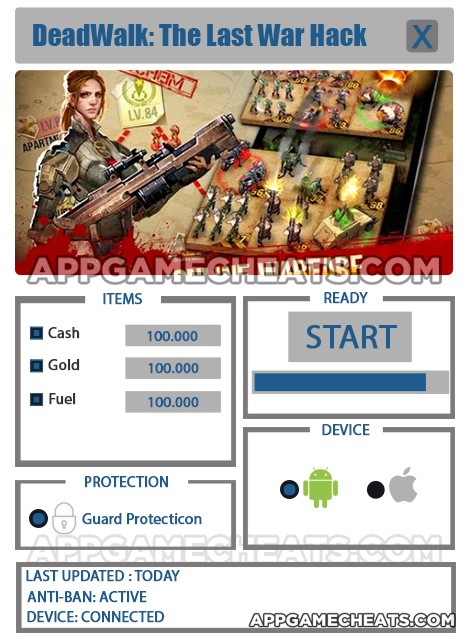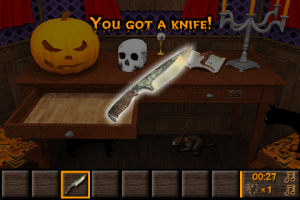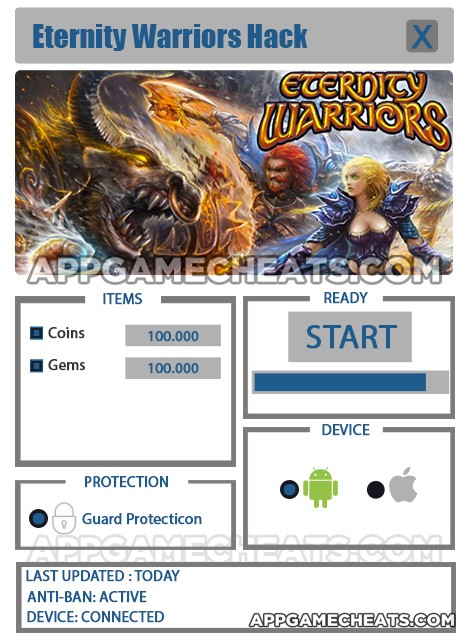

SINGLE PLAYER REVIEW
Enigma lives! Tesseraction has released a single player offline version of their upcoming massively multiplayer naval game and it lives up to its potential and then some. Playing Enigma offline gives you a chance to see what this game is all about and train for the upcoming Virtual Battle of the Atlantic (and Pacific, since the Japanese/British are part of this).
Enigma is set in an "alternate history", "one that begins in 1936 but in a world as it might have been had Germany won World War I". The Germans drove the British Empire from Europe and into alliance with the budding Japanese Empire. Together, the Nippo-Anglo faction faces off against the German monarchy and an expansionist United States joins the war to make a unique three-sided conflict. No Pearl Harbor, no Hitler, no Nazis, no Soviet Union. With each mission you are kept current with newspaper headlines and briefings from HQ.
There are over 35 single training missions and six separate campaigns in which you play as a destroyer, corvette, PT boat, or a submarine, for a total of over 90 missions with two difficulty levels, easy or difficult. The campaign structure is scripted and to progress you must complete each mission and live to tell. Each mission is an instant encounter at sea. There is no Aces-style hunting or tracking. The mission starts just after your lookouts make contact and the action is about to begin. The single player version does not have time compression, nor an in-game save feature. When you start a mission, you have to finish it. Getting pinned by escorts and waiting them out can take hours--real life hours. Like any good captain there were occasions where I was forced to take her deep, cut the engines, and trust my luck while I was away from the room.
Enigma makes no pretensions about being a full-blown simulation and it isn't. Be that as it may, the level of combat and the essential elements needed for an authentic naval game are there. Enigma is no arcade game by a long shot. Enigma allows first-person control of guns but all other stations are integrated in a command-style interface. Firing torpedoes is done by casual aiming, there's no TDC to operate. While I personally would be more satisfied with some kind of tangible input into target-motion analysis other than just "eyeballing" it, with all the pace and lethality of Enigma battles, it's sufficient. No player-controlled method of damage control is present, nor can you send radio messages. Aside from this and the lack of TDC, Enigma gives the simulation player most of what he could wish for in a naval game.
Enigma has AI that makes you say, "Ouch!"--enemy ships can put the hurt on you. Poke your periscope up in the middle of an armed convoy and you are plastered with tracer fire so dense, you can feel the hate and desperation of the crews aboard the merchants. Destroyers behave aggressively with tenacious, if somewhat predictable, tactics. The ships and planes are based on historical models with some modifications. Subs carry a realistic loadout of around 22-26 torpedoes. They reload much quicker than real WWII subs could, usually in a couple minutes. However, being that this is an alternate history, that can be explained by hydraulics that were actually employed on the German Type XXI U-boats that were developed at the end of the war (the real war). Destroyers, corvettes, and PT Boats (motor torpedo boats) have varying kinds of armaments-depth charges, torpedoes, hedgehogs, and guns.
All ships contain a small radar/sonar screen that gives you updates on surrounding vessels. When you play as a submarine, the screen can be interpreted as the sonar map usually found on subsims like Silent Hunter and Aces of the Deep. I was pleased to note that the indicated positions while submerged are not precise and the closer the range, the better the contacts. Tesseraction did a good job on finding the middle ground between giving the player information and withholding information he should not have depending on the tactical situation. Combined with the alarm bell that rings every time your sonar guy detects an incoming torpedo, you are equipped with fair and accommodating sensors.
Enigma has an easy mouse/keyboard interface to learn and it has the best voice control I've ever experienced in a subsim (in the same league as Sub Command). With no special mike set-up I was able to change speed, headings, depth, fire weapons, and more just by muttering into a mike. It allows you to keep one hand on the mouse, one on the keyboard, and simultaneously issue helm and weapons orders.
Graphics are a strong point for Enigma--especially the ocean wave effect. It is as close to looking out a porthole in a real ship as anything I have ever beheld. The ocean surface has very good textures, motion, and definition. The waves have sharp, white crests that are several notches above Silent Hunter II. Your sub or ship is a constantly moving platform on the surface and adds to the challenge of hitting targets with the guns or holding your binocs steady. The ocean battlefield varies from calm seas, to heavy seas, to flat-out gales with rain and blustering wind sounds. Just incredible.
Ships and subs are rendered with great detail. Not only are lifeboats, guns, portholes, screws, and antennas illustrated with inspired detail, but the decks, windscreens, and surfaces have a weathered look that straight away adds to the sense of watching a real ship in a real ocean. Hard-charging escorts part the seas with a frothy bow wave and subs leave foam on the surface when they dive (although the foam lingers too long, as if it is designed as a targeting key). Along with the voice control, Enigma graphics earns high praise.
An ample sound suite accompanies the good graphics. I enjoyed the whistling of falling bombs, changes in engine sound linked with vessel speed, ocean sounds, interior sub sounds, especially the sonar pings, and ricochet sounds. When your sub is damaged by depth charge attack, you can hear breaking glass and light bulbs and threatening water leaks. Sounds are directional, too, a plus. I noticed enemy screw sounds when in a underwater submarine were missing. Some of the best sound effects include the death scene, when your boat is fatally wounded. Water rushing in, rivets popping, and hull creaks accompanied by the slowly dimming lights... the effect is appropriately stark and eerie. Finally, you're treated to a musical score with different anthems for each faction.
This wouldn't be an adequate review without noting the physics of the Enigma. It's easy to see that Tesseraction put a lot of effort into making the ships interact with the ocean in a convincing fashion, and they succeeded. Ships appear to be engaged in a constant dance with the ocean surface. Smaller boats such as the PT boats require a constant hand on the helm--they are pitched about by heavy seas. I also noted that when you are using the binoculars and en enemy ship hits you with a round, your view is drastically jolted, requiring time to readjust your sighting. Same for the sub cabin under depth charge attack. The display is visibly shaken after near misses. That's realism, simulation or not.
One thing Enigma has going for it in spades is ambience. The graphics are so good and the action is so compelling you will not mind repeating the same missions over and over. Some scenes caused me to marvel--watching my sub advance on a squadron of distant escorts and seeing the flash of their muzzles followed an instant later by a streaking, smoke-trailing, death-tipped shell and an audible whi-zzz! The color and moodiness of the stormy skies and towering waves touches the seadog in you. When the action really gets going with circling destroyers, skulking subs, merchants burning--planes dive bombing! torpedo bells ringing! shells splashing!--Enigma rules the ocean. While it is an action game, in some ways Enigma is more simulation than Silent Hunter II. When you are in the control room, you really are in a control room. Executing a crash dive makes the room tilt noticeably. Tesseraction knows how to suspend your imagination.
With the development emphasis on the eventual multiplayer action, there is no random mission generator, scenario editor, or dynamic campaign. Offsetting this is the implied assurance that since Tesseraction will be releasing upgrades on a three month cycle, that could include new mission packs. And when they get the online version completed (Dec 2003, we hear and hope), most players will be facing off on the Internet.
It's funny but much of what separates Enigma from Fleet Command is the first-person view from the bridge; and Enigma is distinguished from Fighting Steel by a vastly superior representation of the ocean. Yet, a host of other details and engineering touches make Enigma superior to most naval games that have come before it. The AI is better, the pacing is geared for action, the voice control works, and the environment is thoroughly engaging. Enigma promises fun and action in a superior ocean landscape and the single player version delivers completely. If Tesseraction is able to forge ahead and bring new versions and enhancements to Enigma as promised, including the massive multiplayer component, Enigma will have a lock on the naval game community. If you like naval games in general, you'll like Enigma. If you love good naval games, you'll love Enigma. This is truly a good naval game.




 El Clasico Legends Answers
El Clasico Legends Answers Deadwalk: The Last War Chetas & Hack for Cash, Gold & Fuel - AppGameCheats.com
Deadwalk: The Last War Chetas & Hack for Cash, Gold & Fuel - AppGameCheats.com Guess The Caricature Logo Quiz Answers
Guess The Caricature Logo Quiz Answers Haunted Halloween Escape Walkthrough
Haunted Halloween Escape Walkthrough Eternity Warriors Cheats & Hack for Gems & Coins - AppGameCheats.com
Eternity Warriors Cheats & Hack for Gems & Coins - AppGameCheats.com